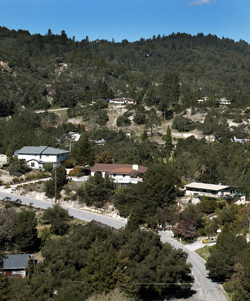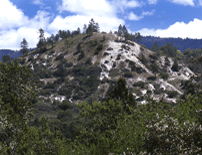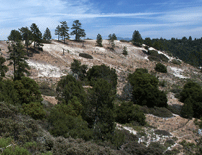
_____ 2. Limit the area of your property covered by buildings, hard surfaces, landscape rock, and turf grass
_____ 3. Landscape with native Sandhills plants obtained from local seed sources. Avoid planting invasive exotic plant species, including Acacia, Eucalyptus, brooms (French, Scotish, Portuguese) as well as non-site specific plants, which can cause genetic erosion.
_____ 4. Cluster development so as to maintain as large of an area of intact habitat as possible
_____ 5. Reduce outdoor lightening and use motion-sensing lights where temporary light is needed.
_____ 6. Consider granting a conservation easement to a local land conservancy (e.g. Land Trust of Santa Cruz County) if your property supports habitat of regional conservation value.
For more information about how you can maintain or restore habitat values to your property, contact S.A.N.D.

If you live in the Santa Cruz Sandhills, you don't need to travel to the Amazon Rainforest or Madagascar to contribute to global biodiversity conservation. Instead, you can help preserve native biodiversity n your own backyard by doing just a few simple things.


